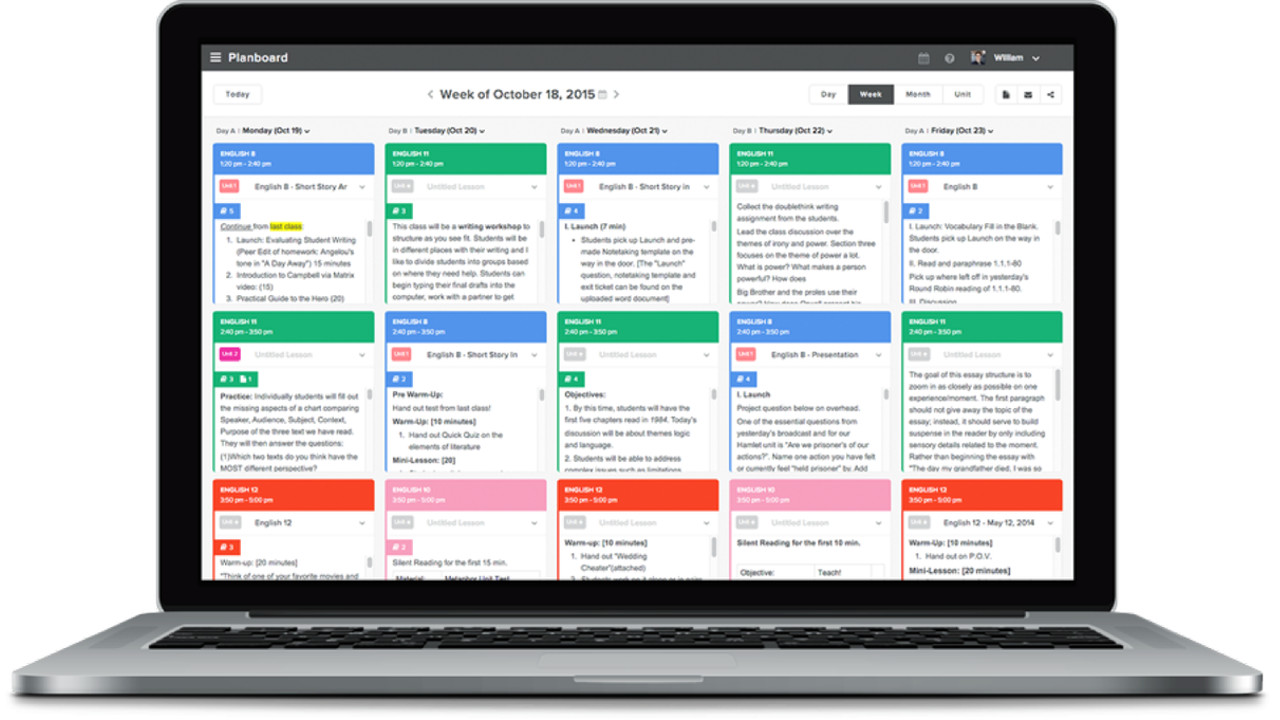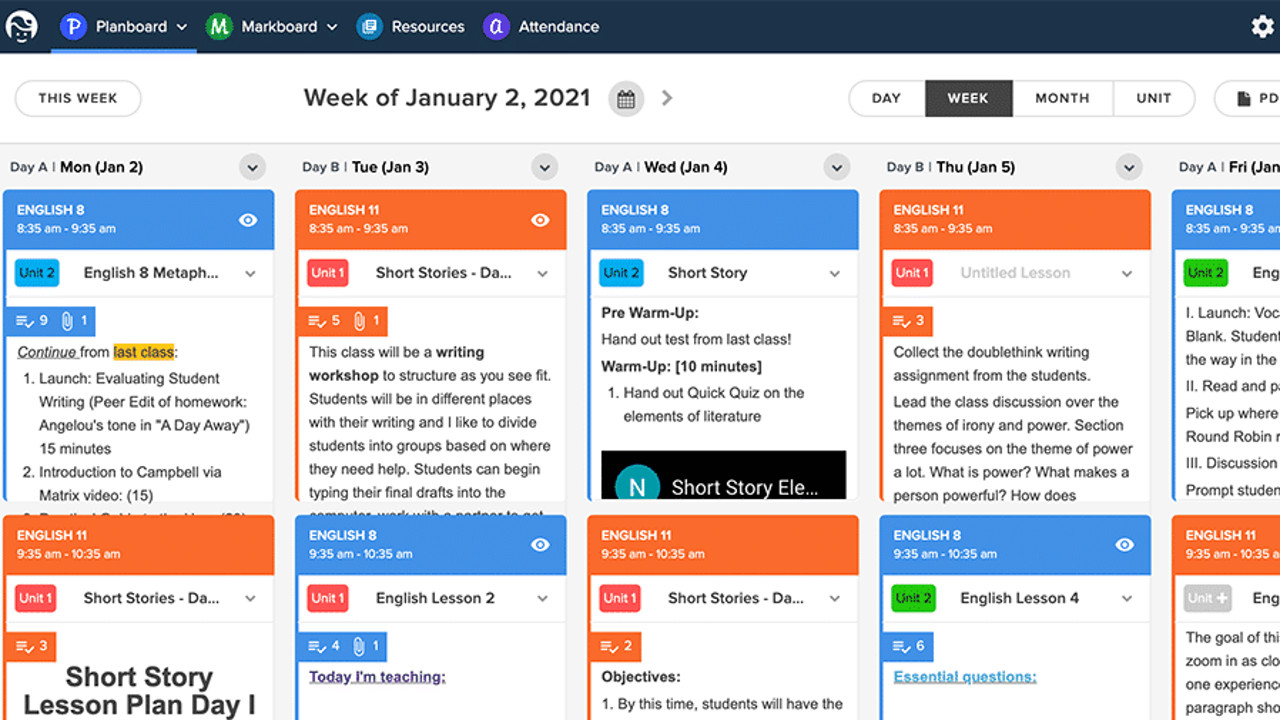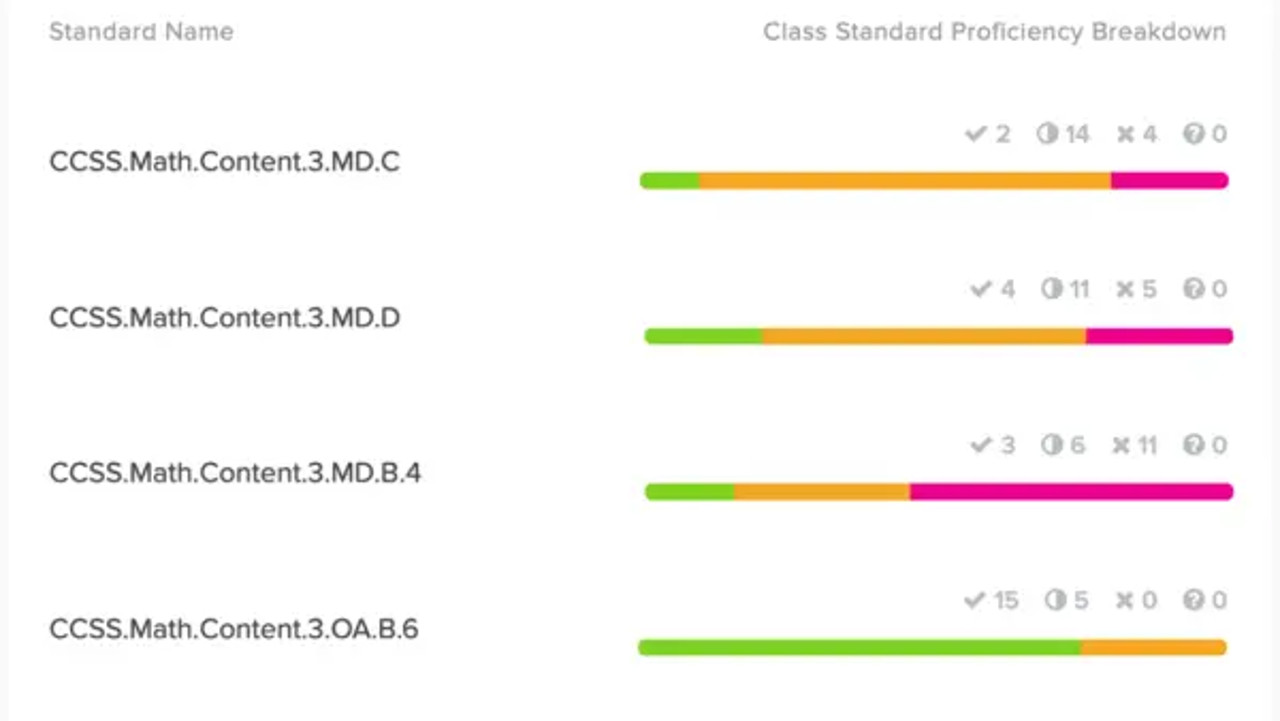What is Planboard and How Can it Be Used to Teach? Tips & Tricks
Planboard makes lesson planning, grading and tracking straight forward with lots of useful features

Planboard is a lesson-planning and grading platform that digitizes the processes to make it simpler for teachers while also enhancing the features available.
Planboard was created by Chalk as a way to offer lots of free features to teachers so they can lesson plan digitally more easily. Not only does it simplify the process for teachers but admins will likely appreciate the professional finish it gives to plans.
Working on a website as well as across apps, it is super easy to access from numerous devices, making it a viable option for lesson planning and adjusting on the go.
You can also pull in standards and grade work so you have a central location for tons of progress information.
So is Planboard for you?
What is Planboard?
Planboard is a lesson planner at its most basic -- one that makes the process as minimal and as clear as possible. As such, it can be easy to build a lesson plan, add standards, and edit as needed – all from a smartphone or laptop using the website or app.

Lessons can be built using templates, which makes it a simple process, but there is also a wide variety of editing options. Rich media such as videos or images as well as documents can be added to lesson plans to allow for easier access when teaching or for students to view. Everything is aligned with a built-in calendar, further simplifying daily or long-term planning.
Tech & Learning Newsletter
Tools and ideas to transform education. Sign up below.
Unlike some of the competition out there, this also allows teachers to track attendance and even standards-based grading right within the tool. And since this can integrate with Google Classroom, at a charge, it's also possible to have the current school system updated automatically.
The Planboard maker, Chalk, also offers other tools that can integrate with this platform perfectly. So if you use the likes of Markboard, this could be a logical next step.
How does Planboard work?
Create a free account to get started and you are able to begin lesson planning right away. That means creating subjects, which can helpfully be color-coded for at-a-glance recognition. This can then be sectionalized -- useful if you're teaching that subject to more than one year or group. It also can be added to the built-in calendar to start organizing lesson flow. Once that scheduling part is done you can then create the lessons within that frame.

Lessons can be created from templates for a quick-and-easy way to get started in which editing can then be done to get the finish you want. This includes adding in rich media from the likes of images and videos, to links, or perhaps to a Google Doc.
You can then add curriculum sets to the plans so that you will see, in the plan as well as after, what is being covered. This includes U.S. states standards, Canadian provincial standards, international standards, and more. All of which can then be viewed in a helpful standards-based grading system that uses color-coding for clarity, but more on that below.
What are the best Planboard features?
Standards integration is fantastic with this lesson planning platform. Not only can you easily search and add the standards you need, but you can see these at a glance too.
Since the tool has grading built-in, you're able to mark a student's work based on their level of mastery over a standard. This is then displayed in a color-coded chart so you can see what standards have been hit and which may still need more work.

Each student can have their own portfolio so that teachers are able to drill down into the data to see how they're doing. There's also the option to add picture, voice, or video snippets on each portfolio to help personalize it beyond just grades alone. A useful memory jogger too when revisiting past work.
The gradebook section is also editable with the ability to customize with weight, categories, and beyond so that you can have the system you're used to working with, but within the app.
Google Classroom integration is excellent, with this designed to work directly with it. As such you can integrate by posting lessons on Classroom, using a simple link. These plans can also be edited to offer rotations with an A/B cycle that can be accounted for when laying out lesson plans. It's also possible to copy a lesson so it can be used again later in the year or for the next year's students.
How much does Planboard cost?
Planboard is free to use with only your name and email address required to get started. But since this is part of the larger Chalk ecosystem of software, there are options to pay for premium Chalk packages to gain extra features, if you want.
Chalk Gold, at $9 per month, is available to get extras such as entire gradebook searching, public link sharing for week plans, more color customization, easier lesson history access, and one-on-one support.
Planboard best tips and tricks
Print out
Once a lesson is created you have the option to print it as a PDF which can be a great way to share with students in the room, or parents ahead of time.
Take your time
Plan in detail first time as you could be investing in future lesson plans too as you can copy and edit this plan as if it were your master template.
Share weekly
Share plans weekly using a digital link so that students can prepare for what's ahead accordingly, and can also have parents see so they can monitor progress as they please.
Luke Edwards is a freelance writer and editor with more than two decades of experience covering tech, science, and health. He writes for many publications covering health tech, software and apps, digital teaching tools, VPNs, TV, audio, smart home, antivirus, broadband, smartphones, cars and much more.
